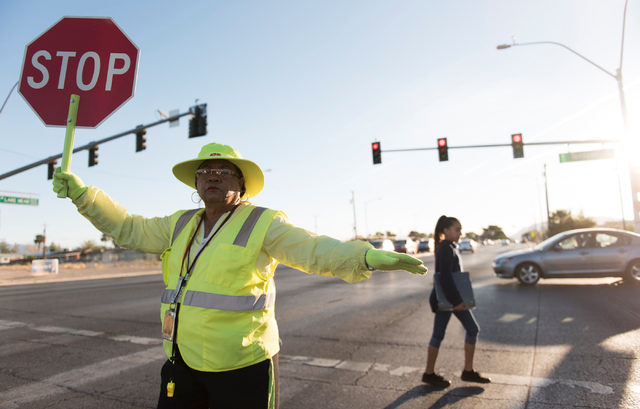The most confounding issues in society come steeped in layers of complexity. The reason people tirelessly debate universal healthcare, economic reopening, and boxers versus briefs is because unraveling each topic is complicated. No proposed solution is going to work for everyone. If we lower healthcare costs for all and simplify the administration of the system (yay!), healthy people end up paying for others’ medical care and wait times may get longer (meh!). The longer we keep certain businesses operating at a fraction of their capacity, we could save lives (yes!), but unemployment and permanently shuttered businesses will continue to tank the economy and hurt people’s ability to earn a living (boo!). And though boxers provide more elbow room south of the border (sigh of relief), briefs do keep everything organized (ten-hut!). Unsurprisingly, the unabating issue of robocalls is no less complex with its own layers of nuance.
In this article, we cover:
- The complexities of the big issues we face today.
- What is a robocall mitigation program.
- Caller ID, number spoofing, and how YouMail can help.
As you may be aware, June 30, 2021, is the magical day the FCC will require all voice service providers to deploy the STIR/SHAKEN standardized authentication protocols to make caller ID more reliable.
Great! The plight of illegal robocalls is solved. Our work here is done. Everybody go home.
If only it were that simple.
In reality, not every carrier will be ready by June’s deadline. For those that aren’t, the FCC will grant extensions that allow voice service providers to continue to operate without a STIR/SHAKEN implementation as long as they have “an appropriate robocall mitigation program to prevent unlawful robocalls from originating on [their] network.”
The FCC has chosen a non-prescriptive approach to defining these robocall mitigation programs. There is no certification process or list of official vendors. Instead, a robocall mitigation program should be sufficient if:
- It includes detailed practices that can reasonably be expected to significantly reduce the origination of illegal robocalls
- The voice service provider complies with the practices it describes
- The provider doesn’t knowingly or through negligence serve as the originator for unlawful robocall campaigns
In other words, if a carrier’s traffic isn’t signed with STIR/SHAKEN by the end of June, it must have implemented a stopgap solution that “significantly reduces” illegal robocalls. If these conditions are met, the robocall mitigation program will lead to one of the following extensions:
- A two-year extension to small, including small rural, voice service providers
- An indefinite extension for those that cannot obtain a certificate due to the Governance Authority’s token access policy until such provider is able to obtain a certificate
- A one-year extension to services scheduled for section 214 discontinuance
- An indefinite extension for parts of a voice service provider’s network that rely on technology that cannot initiate, maintain, and terminate SIP calls until a solution for such calls is reasonably available
More Reliable Caller ID Helps Prevent Robocall Scams
As we’ve covered in this space before, this effort has been years in the making, stretching all the way back to 2014. The FCC’s chosen approach has been to put the kibosh on number spoofing, that devious dark art in which a fake caller ID is used to dupe the recipient into believing the call is from someone else. A call comes in, the recipient checks his or her caller ID, and believes it originated from a phone number in the same area code; it may even include the same prefix as their number.
Victims believe these calls are coming from the job they just applied to in their neighborhood, tonight’s takeout order, or another parent from their kid’s class relaying important information. Worse yet, that prefix may align with something else going on in their lives: a prefix that seemingly belongs to the IRS, social services, or some other government agency. If they’ve been worried about getting audited because they weren’t confident in how they filled out their taxes for this most unusual past year, a ring from a number that they perceive to be the IRS might be one that they not only take, but for which their natural skepticism goes out the window.
Number spoofing may seem innocent enough, but it can have a devastating effect. That is why it’s an important step forward to ensure caller ID can be trusted.
Stopping Robocalls Forever
That’s a major part of how YouMail puts its own kibosh on number spoofing. By protecting more than 350 million phone numbers, we extrapolate data from tens of millions of calls received each month to our users. Our technology harnesses this power in our unmatched database to stop over one billion robocalls to date. Our users can trust YouMail caller ID much more than what carriers have provided to this point. Further, we add intelligence to this data by stopping known robocall numbers from ever ringing your phone. Not only do we provide this service for free to individuals, we also provide it at scale for small businesses. We’re so committed to robocall blocking, we recently partnered with VoxOx, a 5G-enabled AI cloud communications company, to protect carriers from originating, carrying, or terminating bad traffic on their networks.

The many layers of robocall prevention are complex. There are entities at every level attempting to make each call you receive safe to answer. And at the end of the day, while we might not have the answer to life’s great debate over boxers versus briefs, a multilayered defense that includes YouMail free robocall blocking on iOS and Android is key — today, on June 30, and beyond.





